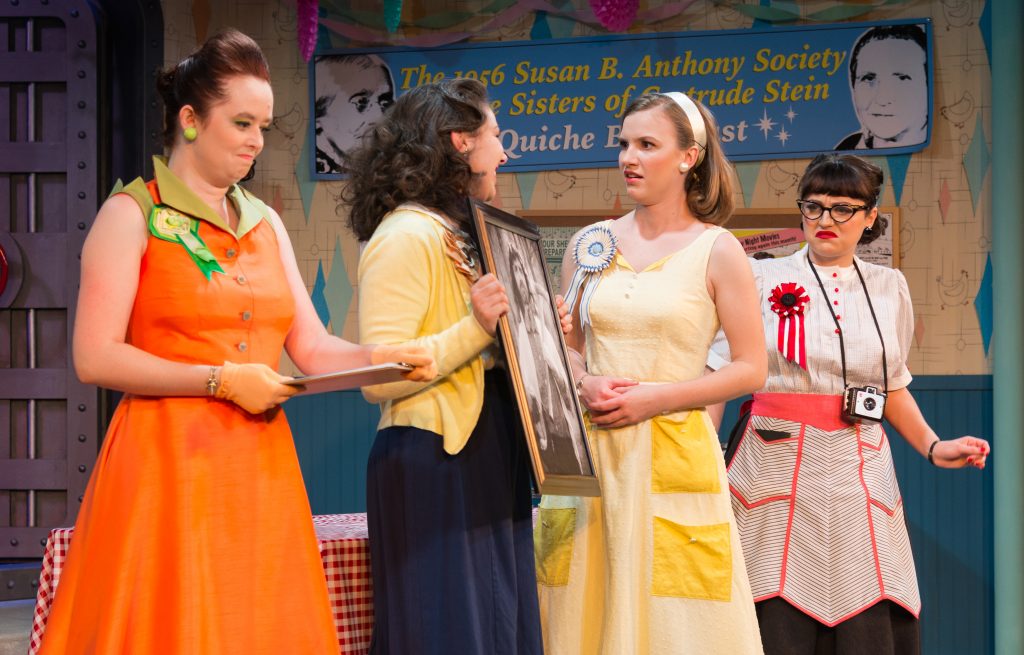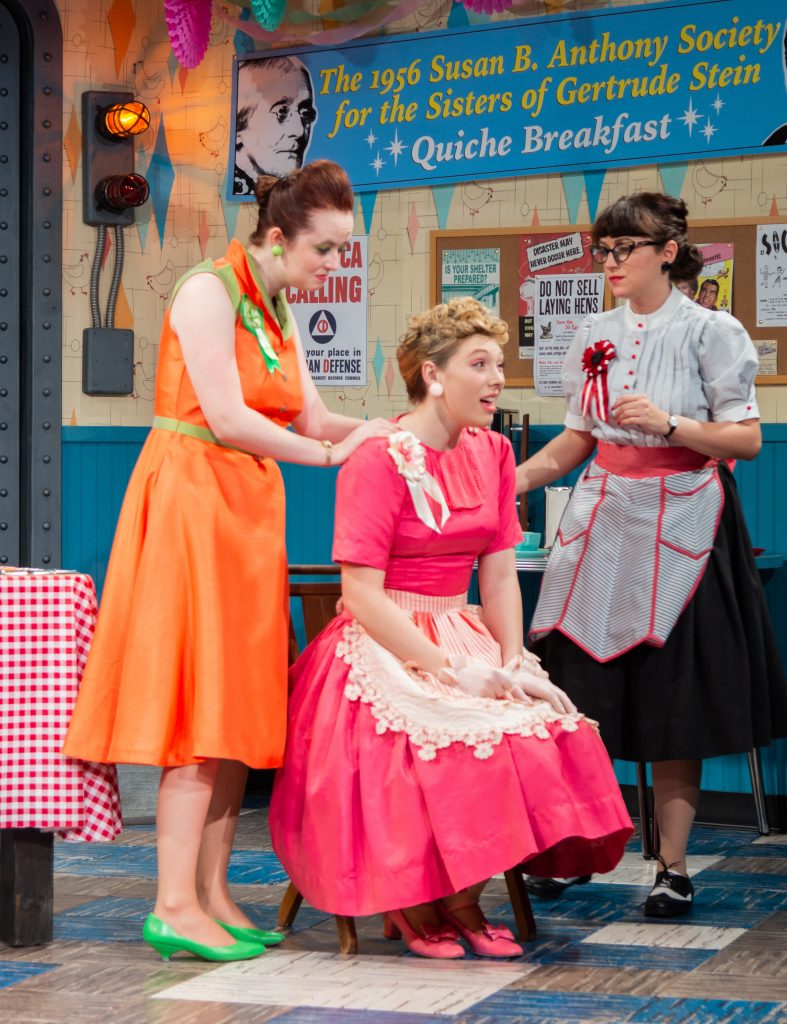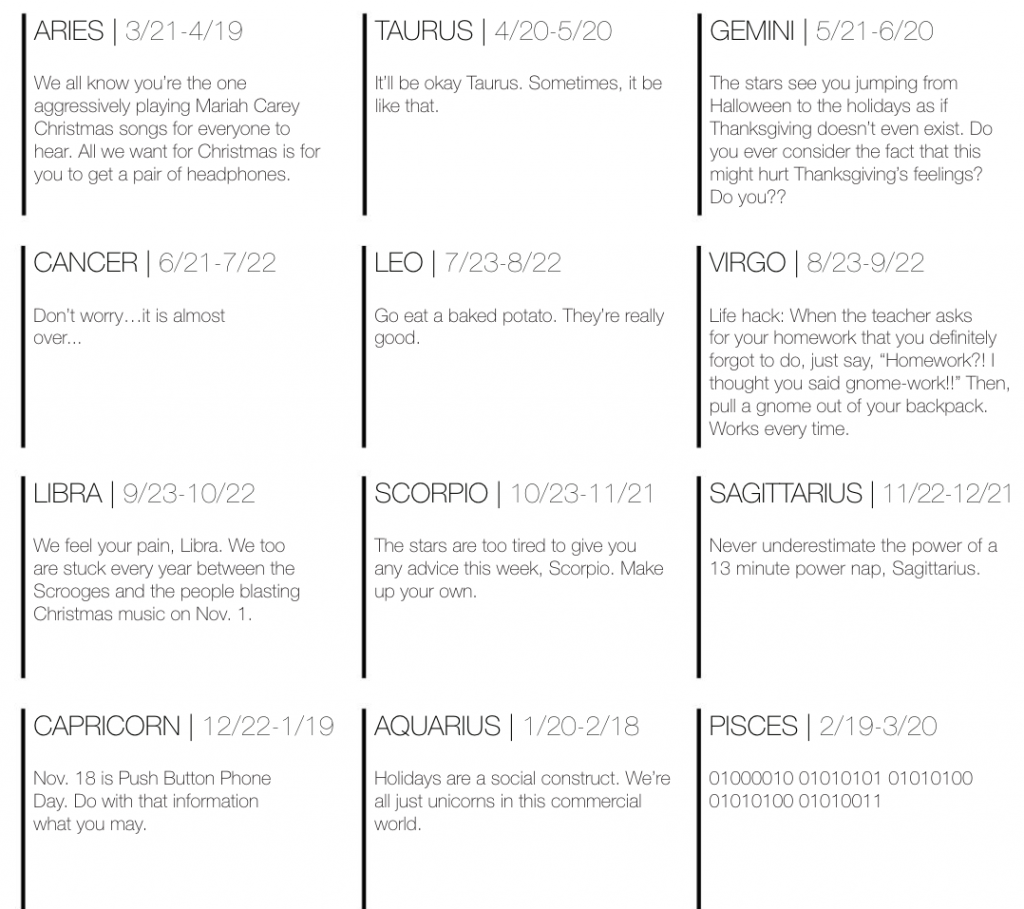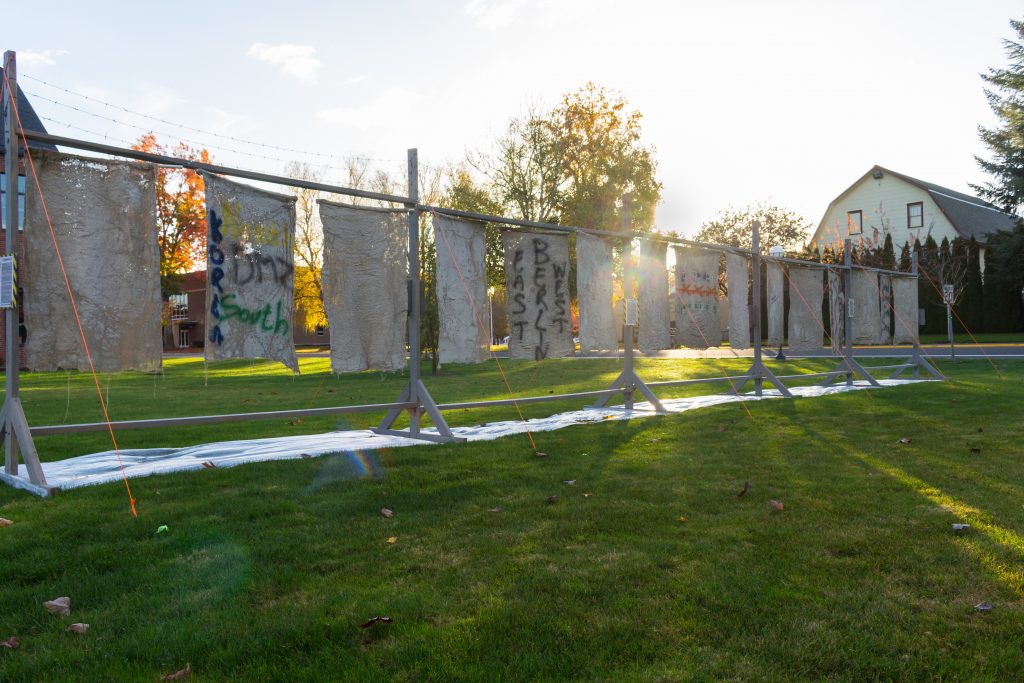Bailey Thompson | News Editor
On the evening of Nov. 8, a demonstration of racist and hateful graffiti was found near Western’s campus on Southgate Drive. Within the graffiti, the responsible party had written “Proud Boys MAGA” and had drawn a number of swastikas on the road. Images of this nature are in direct opposition to Western’s official values of community, diversity, respect and empowerment, and it is crucial to the future success and safety of the university that students, faculty and staff are able to come together to take a stand against such forms of injustice.
With this particular form of hate speech, the vandals represented the ideals of the Nazi party as well as those of the Proud Boys — a hate group established in 2016 who denies any connection to the alt-right, but who claims to adhere to an “anti-political correctness” agenda.
According to the Southern Poverty Law Center, a nonprofit legal advocacy organization that focuses on civil rights issues, the Proud Boys are a group known for creating misogynistic, anti-Muslim and anti-Semitic propaganda, amongst other forms of hate speech.
Reacting to this display of hate in Monmouth’s community, the ASWOU executive board released a statement on Nov. 9 that announced and condemned the graffiti, offering support for Western students who are impacted by this event. The ASWOU senate also passed a resolution during their meeting which officially condemned the recent act of hate.
ASWOU Vice President and senior philosophy major Erik Morgan shared that ASWOU is in the process of determining what further actions should be taken moving forward.
“We… realized that unfortunately there was likely at least one student who did not feel safe on campus at this point in time,” said Morgan. “So, we started immediately brainstorming ideas about how we can reach out to those students, the community at large, the administration and the city council community leaders to make sure we can come together as a community.”
Morgan also encouraged students to reach out for support, and he said that ASWOU was a resource available to any student who would like to talk.
On Nov. 13, President Rex Fuller sent an email to the Western community which included a letter signed by President Fuller along with the mayors of Monmouth and Independence and the Superintendent of Central School District.
“As community leaders, it is our goal to ensure everyone is welcome and is provided with a welcoming community that allows each of us to thrive,” stated the letter.
If students would like to talk with someone in light of this event, there are a number of resources on Western’s campus they can reach out to such as the Student Health and Counseling Center at (503) 838-8313 and Abby’s House at (503) 838-8219.
Contact the author at howlnews@wou.edu











